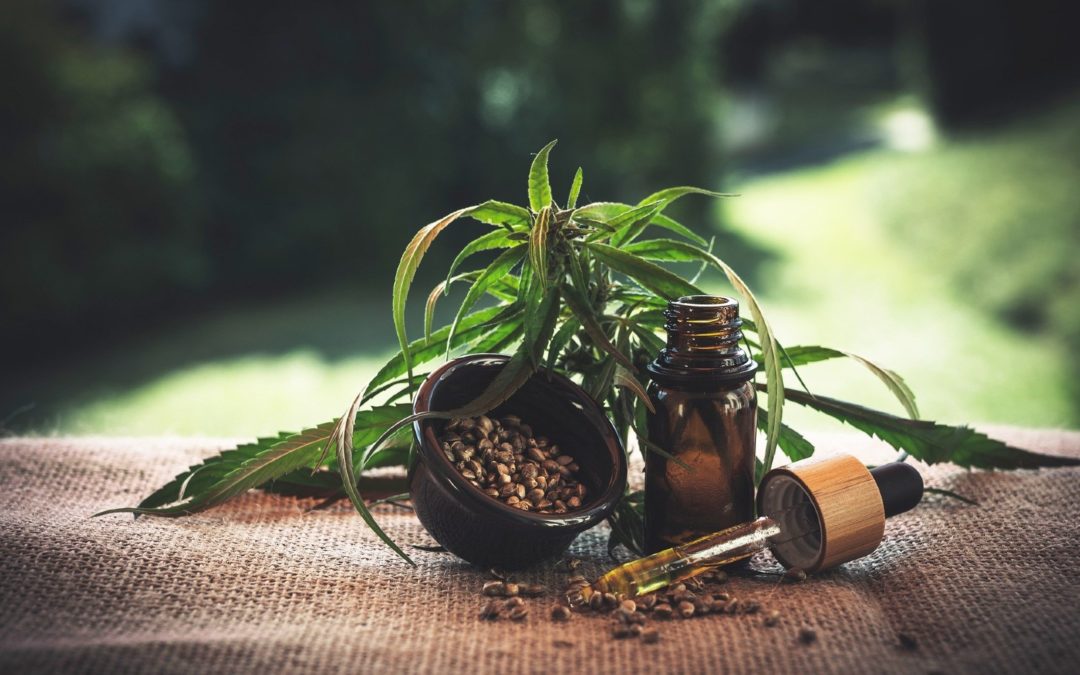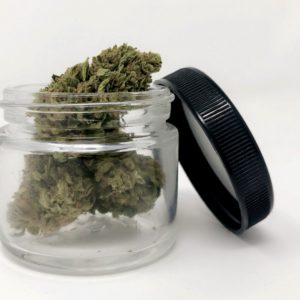Hemp is a popular plant for many reasons, one of them being its use as a valuable source of sustainable and renewable resources. It has always been a plant with many uses, but after a surge in popularity in the United States, followed by a dramatic decline and categorization as an illegal substance, all of its benefits haven’t been fully utilized in recent years. That is now changing as laws are reformed and people become aware of its many benefits.
History
Throughout history hemp has been harvested for its bounty of beneficial resources. Hemp is a plant with seemingly endless possibilities, with fiber that can produce textiles, rope, clothes, paper, plastic composites, building construction materials, animal bedding, food, drinks, and agricultural products. Hemp seeds are used to produce food, a variety of oils, personal care products like shampoo or soap, and industrial fluids that can be used for varnishes, sealants, and lubricants. It is even used for essential oils, pesticides, animal feed, bird seed, fuel for cars, and for bioremediation of soil.
Since early in American history, hemp has been one of earliest plants to be cultivated and for centuries was an extremely popular crop. Seeds first arrived in the United States for the purpose of planting in order to breed and maintain strong hemp crops for new settlers. Soon after the original settlers built up their communities, the colonies were required to grow hemp for use in maritime endeavours. Hemp has a natural decay resistance and easily adapts to cultivation, making it a highly desirable crop in those times.
Hemp was a versatile and flourishing crop in America. Unfortunately the Marijuana Tax Act of 1937 and the rising popularity of synthetic fibers caused a severe decrease in hemp popularity and the industry soon found itself in decline. In 1970 the Controlled Substances Act banned cannabis of any kind, including hemp. This essentially caused the entire industry to grind to a halt and cultivation and production to cease across the country.
Legalization
Between 1970 and 2018 the DEA classified hemp as a schedule 1 drug, on the same list as heroin and marijuana. The Agricultural Act of 2018 removed hemp from that list, allowing more opportunities for hemp to be researched for therapeutic and medicinal qualities.
At the core of it, the push to legalize hemp came from the need to create large scale hemp farms across the country after the recent slump of the tobacco industry. Many farmers and community leaders realized the potential of hemp farming and how easily they could convert their tobacco farms into hemp farms. The possibilities of what can be done with this plant are so incredible, in fact, that even those who have never farmed before are gaining interest in this crop. With it’s multitudes of uses, it really opens up possibilities to potential hemp farmers interested in using this ancient plant for modern purposes.
The farm bill legalized the cultivation of hemp, but it is still a highly regulated industry and individuals are not allowed to grow plants at home. Hemp can only be grown on registered farms and is federally monitored for cultivation and production. It is legal to transport across state lines for both commercial and personal use, just as long as those hemp products are produced in a manner consistent with the law. Since the process is still so new, there are going to be speedbumps and parts of the process that need a more detailed look. Farmers and the government are doing their best to work with each other to make the coming years as problem-free as possible for a brand new and booming industry.
Parts of the Plant
Each part of the hemp plant has a purpose. This means an entire plant can be used leaving no wasted materials behind — a rare occurrence in modern times where we have adopted some very wasteful practices. Let’s discuss in more detail what every part of the plant can be used for:
Seed
After they’re harvested, hemp seeds can be left whole, hulled, or pressed. They contain the most natural amount of fatty acids of any botanical products. Seeds from a hemp plant have what some consider the perfect balance of omega-6 and omega-3, which gives the body the essential nutrients it needs on a daily basis. Hemp seeds are most often used for bread, granola, cereal, milk, protein powder, and as animal food and flour. When pressed, the oil from the hemp seed can be used for fuel, lubricants, ink, varish, paint, dressings, body lotions, and cosmetics.
Stalk
The hemp stalk contains two components that are useful: the fiber and the hurd.
Fiber (or bast fiber) are the long thin fibers that surround the outermost layer of the hemp stalk. This fiber is useful on its own or blended with other fibers and woven into a wide range of products like cloth, rope, canvas, biocomposites, clothes, shoes, and bags. It’s also a highly renewable source of paper; much more renewable than wood paper. Hemp fiber has an advantage over other types of fiber like flax and jute because of its length, strength, and strong antibacterial properties.
Hemp hurd is the hollow and woody inner core section of the stalk. It’s often used for things like biofuel, animal food, insulation, concrete, bedding, and even as a chemical absorbent. Like hemp fiber, hemp hurd has potent antibacterial and absorbency properties.
Even the hemp stalk itself is used for things like biofuel, paper products, cardboard, and filters.
Flower
The buds that form on hemp plants are called flowers. These flower buds are what manufacturers use to create the popular CBD items seen in stores throughout the country. While sometimes the flower is just dried and sold as-is, later being used to smoke or in edible products, they are also used as part of the extraction process used to create CBD oils for tinctures and capsules. The flower of the hemp plant contains many important terpenes, cannabinoids, and amino acids that have been found beneficial in the treatment of a number of conditions plaguing humans and animals.
Leaves and Roots
When the hemp plant is harvested, the leaves and roots are often left in the fields to break down and replenish the soil as they decompose into it. Since the hemp plant itself is so nutrient rich, it feeds those nutrients into the soil as it breaks down, giving the soil the added boost it needs to get ready for the next cycle of crops coming in.
Sustainable Product
As an interesting side note, hemp does not require pesticides, herbicides, or much water to grow. That combined with its ability to self-fertilize the soil it has just grown out of, makes it a very appealing crop for many American farmers. In fact, every product sourced from hemp is biodegradable and environmentally friendly. Hemp is one of the planet’s best and most natural ground remediators and has been planted at the Chernobyl site to help clean the radioactive material from the ground.
Other materials like cotton, oil, paper (from wood pulp), and plastic absolutely do not come from renewable or sustainable sources, making hemp a better alternative. Many of the industries for the more popular resources are not only unsustainable, they are downright dangerous to the environment. Many of these industries prioritize profit over environment and in effect overuse and damage the land they produce on.
Future of Hemp
Now that hemp is back in business, the country can expect to see some very interesting things coming to the industry in the future. Even though a form of industrial hemp dates back centuries, after decades of being considered illegal and left with no forward movement, getting a handle on this new section of the business world will take some time for everyone involved. From the government looking to regulate it, to the farmers trying to figure out the best practices for their new business. However, at the core of it is the power of hemp and its ability to be a powerhouse in a number of different categories, one of the most important as a sustainable and renewable resource. Making sure to take advantage of its ability to have every part of the plant used will be the key to watching the industry grow and thrive, and opening up a world of environmental responsibility to future generations.


